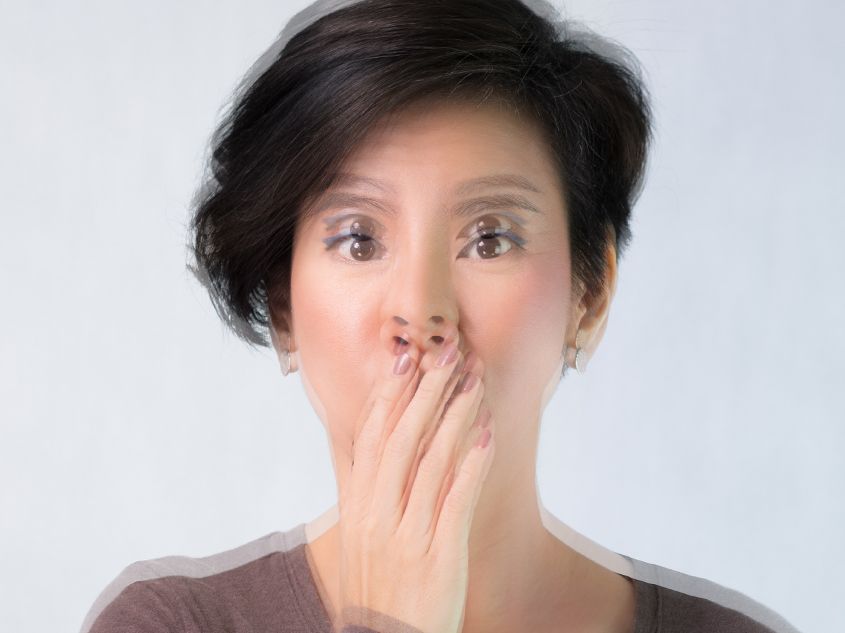
Anxiety, especially while handling eyesight-intensive tasks such as drivingīinocular Vision Training is Used to Treat Binocular Vision Problems. A near-constant tilt of the head, which is often the only way to see somewhat well. Blurred or double vision unless you are straining your eyes to see clearly. Dizziness: This is especially true if you suffer from both frequent nausea and motion sickness. Oftentimes, the easiest way to know if you have BVD is by looking at the list of symptoms. Binocular Vision Dysfunction: The Symptoms After all, that is essentially what BVD is: It is a misalignment of the two eyes, which forces your brain to interpret two conflicting impressions of your surroundings at all times. You can also have the same condition affect each eye to a different degree and misalign them. For instance, if you are myopic in one eye and have astigmatism in the other, it can lead to BVD. The same can occur if you have two different conditions, each affecting one eye. For instance, if you are myopic in one eye but suffer from no disorders in your other eye, the two might become misaligned over time. This is especially true a person’s eyes are not evenly affected by the condition. It’s in much the same way that there’s no singular cause for a stomach ache you can get one for a dozen reasons.īVD can affect people who have no other eyesight problems, but it occurs more frequently in people with other conditions. Rather, it can come from many different combinations of eyesight conditions, any of which can cause BVD. Binocular vision dysfunction, or BVD, does not come from a single condition or disorder. Unfortunately, the short answer is that there’s no hard and fast rule for knowing when to check for binocular vision dysfunction. When Might You Need Binocular Vision Dysfunction Treatment? Symptoms of Binocular Vision Dysfunction include: Symptoms can vary in severity, but a lot of people with binocular vision dysfunction experience anxiety and frustrations regarding their everyday difficulties. These issues can lead to difficulties with driving, reading and sleeping and have a negative impact on your life. There are lots of disorders and symptoms included under the more general term of Binocular Vision Dysfunction. Some binocular vision disorders include esotropia and exotropia (cross-eyed or wall-eyed), convergence insufficiency (double vision), refractive (near- or farsightedness in one or both eyes) and strabismic (misalignment of the eyes). The brain then tries to realign our eyes, which is only temporary and again ends up with misalignment, leading the brain to try to realign again. Because the eyes are in different positions, the images are slightly different. This happens when our eyes are not coordinated and synched enough, resulting in two images being transmitted to the brain. Binocular Vision Dysfunction is one of the most common vision problems we get. There are lots of problems associated with binocular vision. What are the Symptoms of Binocular Vision 
That’s why there is no gap in the middle of our vision! When you have ideally functioning binocular vision your eyes are perfectly aligned and completely synched with each other, so they send one focused picture to your brain. Using two eyes at once allows us to perceive a single three-dimensional image of our surroundings instead of two eyes producing separate images, because of an overlap between the scene perceived by two eyes. Microprism Optics is a leading binocular vision provider in Melbourne, here to teach you all you need to know about binocular vision.īinocular vision is held by animals with two eyes capable of facing in the same direction, including human beings.

Binocular vision problems come with a variety of symptoms and can have serious effects, but they can also be treated. Binocular vision is something all human beings have, and it’s one of the most common things that can go wrong with our vision.






 0 kommentar(er)
0 kommentar(er)
